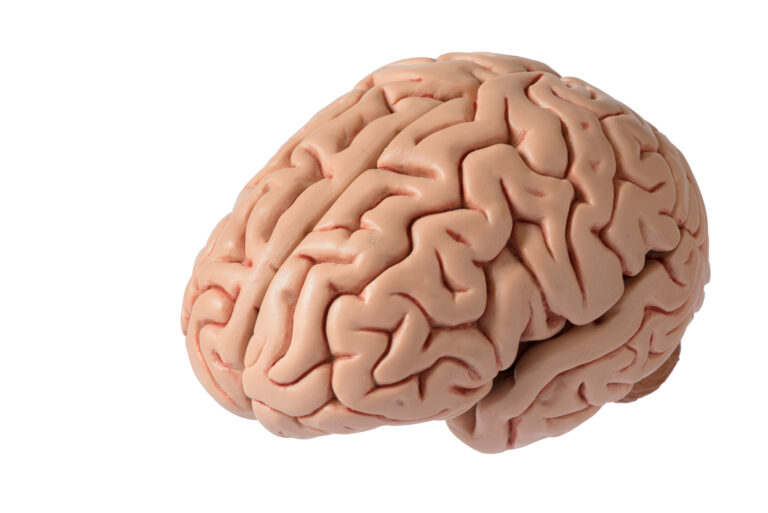Virtual reality (VR) technology has been steadily advancing over the years, and it’s not just for gaming and entertainment anymore. In recent years, virtual reality therapy has emerged as a powerful tool in improving daily living skills for people with various conditions and disabilities. From helping stroke patients regain mobility to assisting those with anxiety disorders, the potential of virtual reality therapy is vast and impressive. Let’s dive into how this innovative technology is making a positive impact on people’s lives.
What is Virtual Reality Therapy?
Virtual reality therapy uses computer-generated simulations to create realistic environments that can be experienced through specialized headsets. These virtual environments are designed to mimic real-life situations and challenges that patients may face in their daily lives. Through a combination of virtual reality and traditional therapy techniques, patients are guided through these simulations to learn and practice skills that can ultimately improve their ability to perform daily tasks.
How Does it Improve Daily Living Skills?
One of the most significant benefits of virtual reality therapy is its ability to provide patients with a safe and controlled environment to practice real-life skills. For example, stroke patients can use VR simulations to improve their motor skills and regain lost movements without the risk of falling or injuring themselves. Similarly, those with anxiety disorders can gradually expose themselves to triggering situations in a controlled setting, allowing them to develop coping mechanisms to manage their anxiety.
Additionally, virtual reality therapy can cater to specific needs and challenges of each patient. The simulations can be customized according to the patient’s condition, making the therapy more effective and targeted. This personalized approach also helps patients to progress at their own pace, building confidence and reducing any pressure or anxiety they may feel.
Benefits Across Various Conditions
Virtual reality therapy has shown promising results in improving daily living skills for people with a wide range of conditions. One study found that stroke survivors who underwent virtual reality therapy had significant improvements in their balance, mobility, and overall functional performance. Another study showed that individuals with schizophrenia who received virtual reality therapy experienced a reduction in negative symptoms, improved social skills, and increased motivation.
Moreover, virtual reality therapy has been proven to be effective in helping people with autism spectrum disorder develop social skills and reduce anxiety in social situations. It has also shown promising results in treating post-traumatic stress disorder (PTSD) and other anxiety disorders. By providing a safe and controlled environment, virtual reality therapy allows patients to confront their fears and traumas and work through them in a guided and supportive setting.
The Future of Virtual Reality Therapy
As technology continues to advance, the potential for virtual reality therapy only grows. With the introduction of more sophisticated and immersive VR systems, therapists will be able to create even more realistic environments for patients to practice in. This will provide an even more effective simulation and help patients develop and improve their daily living skills at a faster rate.
Moreover, with the increasing accessibility of VR technology, virtual reality therapy is becoming more widely available to people in their own homes. This eliminates the need for patients to travel to therapy sessions and allows them to continue their treatment in the comfort of their own homes, making it more convenient and cost-effective.
In conclusion, virtual reality therapy is a game-changer in the world of healthcare. It has shown tremendous potential in improving daily living skills for people with various conditions and disabilities. By creating a safe and controlled environment for patients to practice in, virtual reality therapy provides a unique and effective approach to therapy. As technology continues to advance, we can expect to see even more innovative uses of virtual reality therapy in the future.





